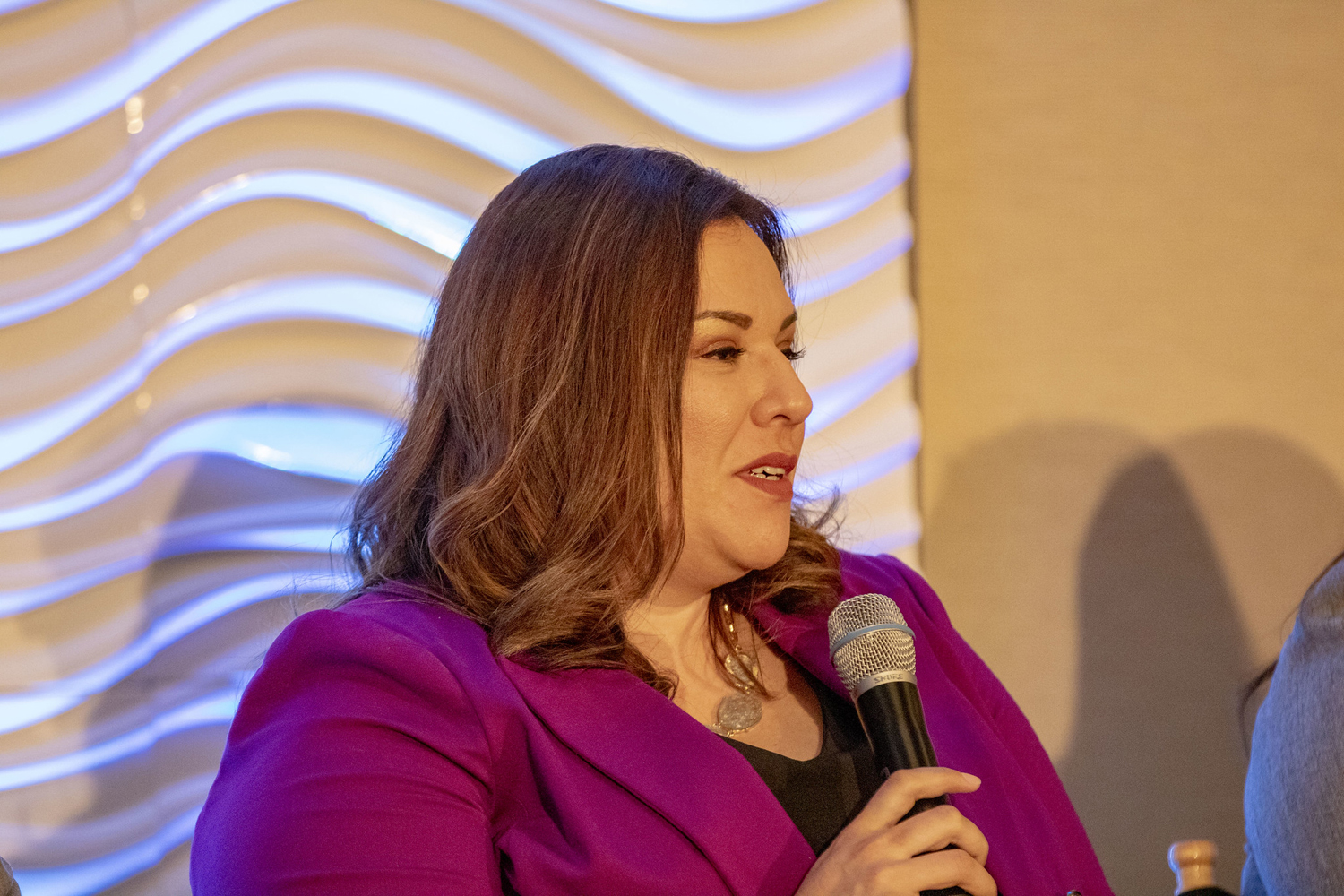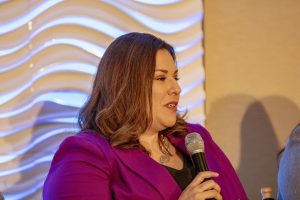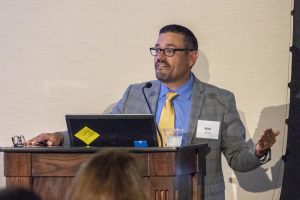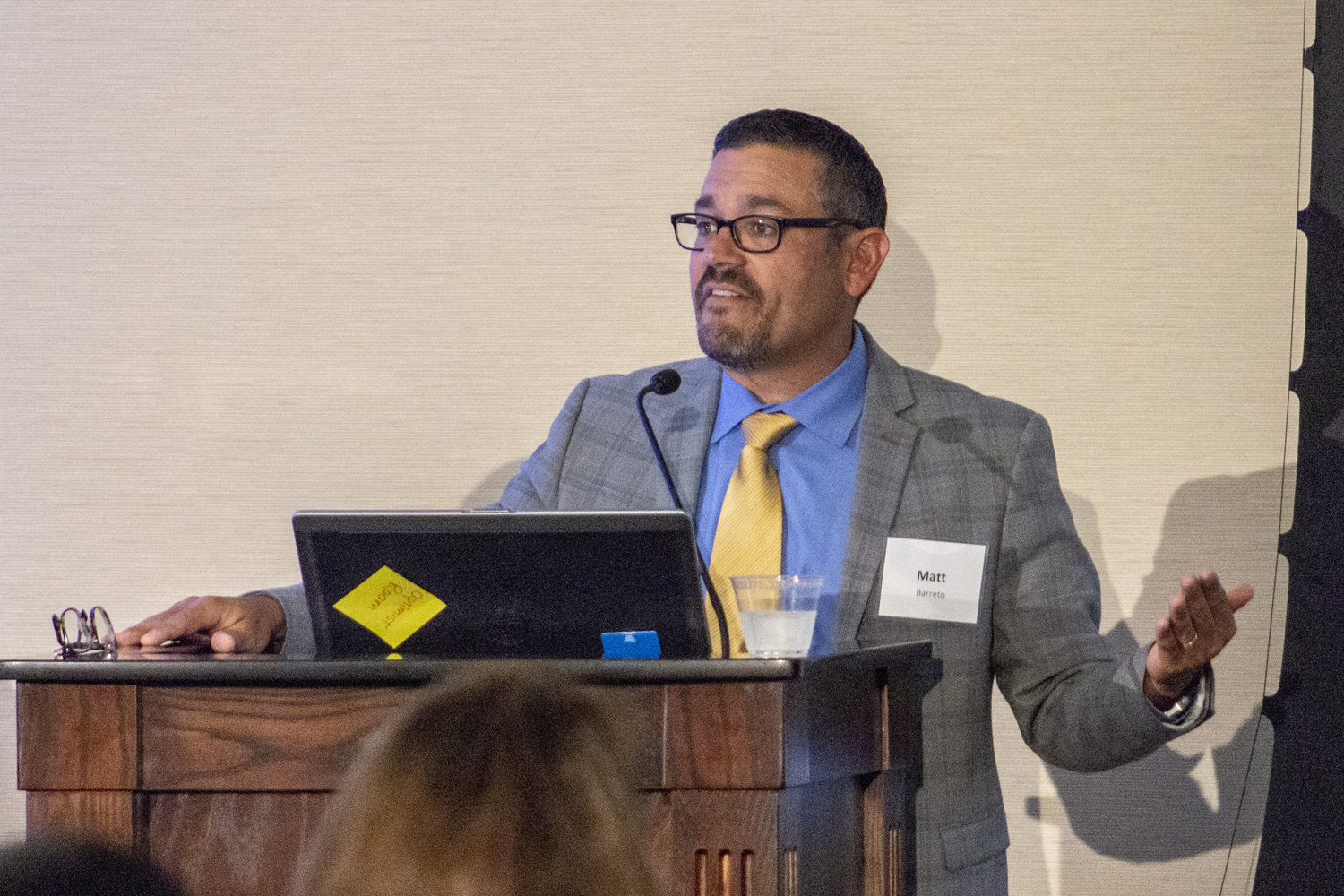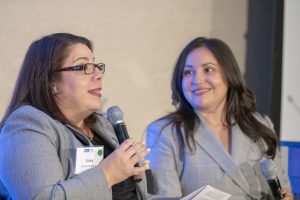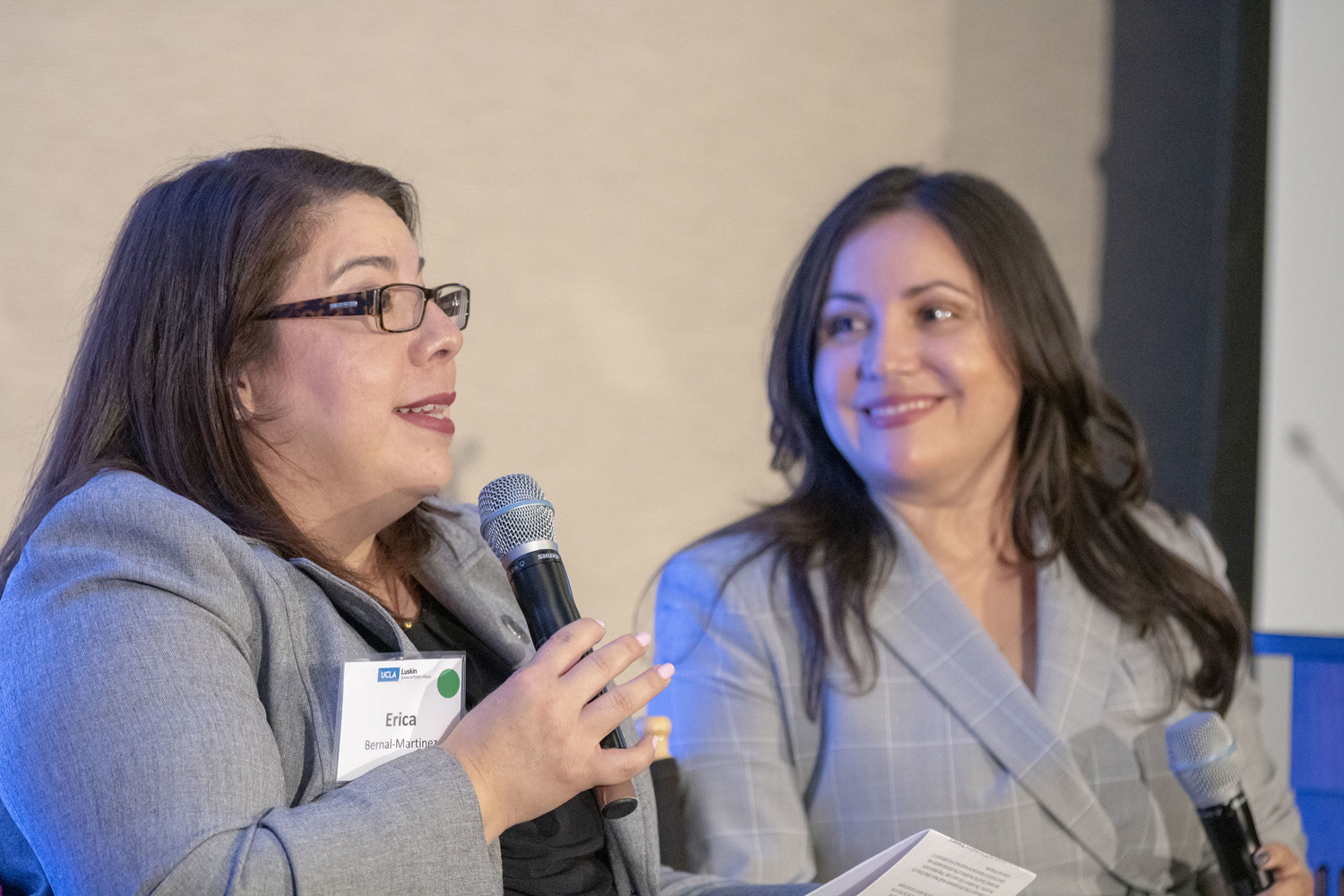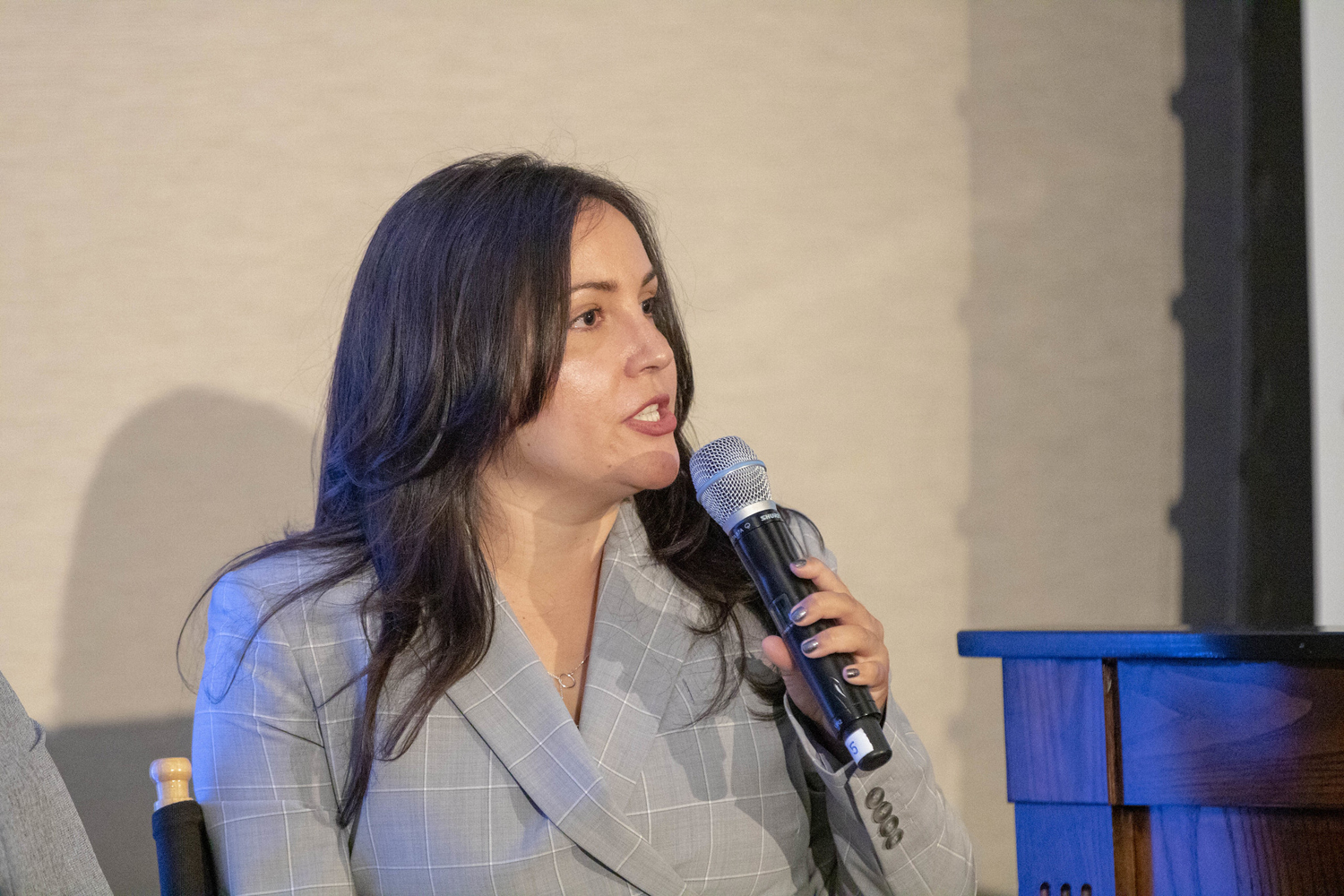By Gabriela Solis
With the next U.S. Census in 2020 drawing near, political and community leaders are working now to plan strategically and ensure that all communities are accurately counted in Los Angeles.
With that in mind, a recent panel discussion hosted by Sonja Diaz, executive director of the Latino Policy and Politics Initiative (LPPI), focused on issues related to the 2020 Census.
The Trump administration has pushed to add a question about respondents’ citizenship status to the 2020 Census, and accurate counts of communities across Los Angeles are threatened, many experts say. According to research by UCLA Professor Matt Barreto, 69.9 percent of Latinos, 39.4 of blacks and 99.9 percent of Asian Americans and Pacific Islanders expressed concern that the citizenship question would lead to their immigration status being shared with Immigration and Customs Enforcement (ICE).
“Community groups need to prepare … With or without a citizenship question, there will remain major concerns and fear among our communities,” Barreto told a crowd on the UCLA campus during an April 24 panel discussion about the Census.
Barreto, who is faculty co-director of LPPI, and other experts have noted that billions of dollars in federal program funding is at stake. The Census also determines the number of representatives for each state in the U.S. House, so an undercount could cost California some political clout.
To ensure this does not happen, community organizations can play a vital role.
Erica Bernal-Martinez is chief operating officer of the National Association of Latino Elected Official (NALEO) Educational Fund, the nation’s leading nonprofit, nonpartisan organization that facilitates full Latino participation in the American political process. Even without a citizenship question, Bernal-Martinez said, many vulnerable communities are often undercounted.
Members of Bernal-Martinez’s organization work closely with community leaders across the United States in an effort dubbed Get Out the Count. This year, children are one of the campaign’s focuses, because “400,000 Latino children were not counted in the 2010 census,” she said.
Los Angeles County represents a fourth of the state’s population, and it is one of California’s hardest-to-count regions, particularly within the county’s most diverse neighborhoods in central and east Los Angeles, and south to Compton. But there are best practices that can increase participation even in communities that often have low civic engagement.
For example, Berenice Nuñez, vice president of government relations at Altamed, shared her agency’s tactic to promote election participation in communities with low-propensity voters. Altamed is the largest federally qualified health center in California, and the organization produced an innovative voter mobilization campaign aimed to inform, empower and mobilize their patients and employees during the November 2018 midterm elections.
The campaign included such strategies as canvassing, registering legal residents to vote, distributing bilingual voter guides, sending phone messages about upcoming elections while patients were on hold, and providing transportation assistance on Election Day.
An analysis conducted by LPPI of Altamed’s campaign found remarkable success for the strategy. The Latino vote increased by 432 percent in South Gate and 330 percent in Boyle Heights, which were two targeted communities.
“I challenge you to join us at the table to make sure our communities are counted,” said Nuñez, who encouraged community leaders in attendance at a UCLA event in April to use the Altamed campaign as a model for future elections — and to ensure participation in minority communities during the 2020 U.S. Census.
